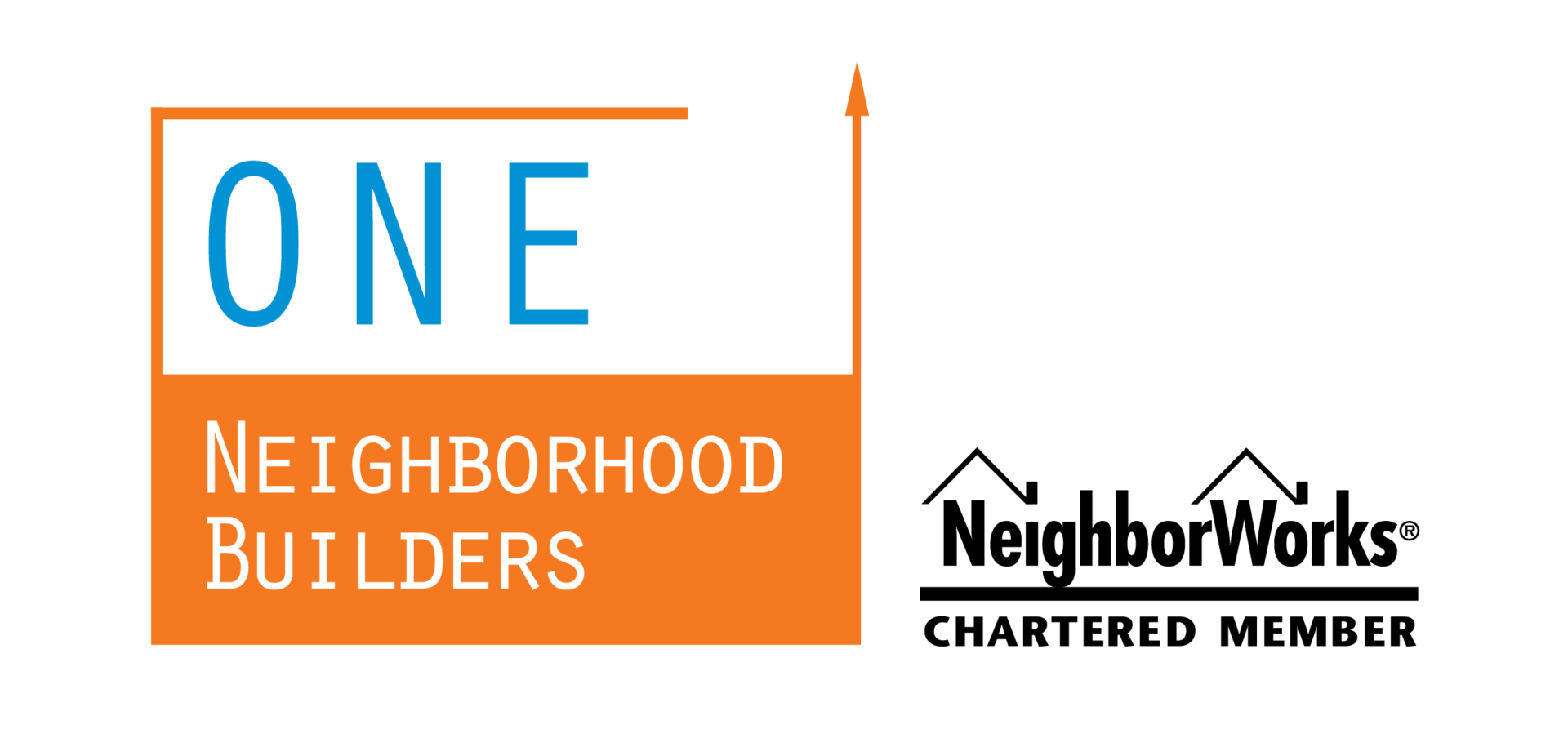PROVIDENCE – When the insurance company where Tinisha Brice works told employees in March that they would need to begin working from home because of the coronavirus, a wave of anxiety swept over her.
She had been through a lot over the years, even battling homelessness, but she had finally found an apartment that she loved in Olneyville at the western edge of the city, just steps away from a playground. She had a newborn child and a daughter in high school at home.
But the family was missing a tool that would make it nearly impossible for Brice to work from home and her daughter to attend school remotely: internet access.
Like many low-income families across the city, Brice didn’t have the budget for a high-speed internet connection, which can range anywhere from $30 to $100 a month depending on the quality.
“These are the things that make the difference between clean clothes and food,” Brice said. “Having cell phone access was more important.”
Brice was fortunate. Her employer wound up covering the cost of the family’s internet connection, and many schools provided students with a laptop or tablet to take home.
But as the lack of a reliable internet connection moves rapidly from being an inconvenience to a threat to one’s livelihood, momentum is growing in cities around the country to offer affordable – or free – Wi-Fi to residents.
In Providence, the first organization to step up with a plan was ONE Neighborhood Builders, a community development organization known primarily for building affordable housing, which is hoping to launch a community Wi-Fi network in Brice’s neighborhood that will reach up to 1,500 households by Thanksgiving.
The idea is the brainchild of Jennifer Hawkins, the president of ONE Neighborhood Builders, who said she realized at the beginning of the pandemic that internet access was about to become a necessity for, well, everyone.
Hawkins saw that her organization had a significant advantage when it comes to getting a Wi-Fi network off the ground in Olneyville, as opposed to attempting to work with city leaders or other organizations to create a citywide network: ONE Neighborhood Builders owns 95 homes or buildings in the area, so it could easily install the hardware required to provide a powerful signal.
“We don’t need to ask for anyone’s permission,” Hawkins said.
The endeavor isn’t cheap, but it’s not breaking the bank, either. Hawkins said the organization is in the process of raising $200,000 for the initial hardware costs, and she believes it will cost about $25,000 a year to provide internet access.
ONE Neighborhood Builders is working with the Ocean State Higher Education Economic Development and Administrative Network (OSHEAN), which has a large network of existing partnerships with several colleges and health care organizations in the state.
Hawkins said the network will be free to anyone in the neighborhood and will work both indoors and outside, functioning similar to the way internet access works on college campuses. That spans a large chunk of Manton Avenue, from Delaine Street all the way to Curtis Street.
The free internet program comes as Olneyville has been among the hardest-hit communities in Rhode Island by the coronavirus. The neighborhood is especially dense, and its 02909 zip code had reported 2,525 confirmed cases, by far the most in the state.
Brice said knowing that the community Wi-Fi network is coming has given her a “sense of relief” because “during the pandemic, so many families were impacted by not having access.”
She said that access to the internet has even helped with health issues because she’s been able to schedule telehealth appointments with doctors.
But she acknowledges that continuing to work during the pandemic has helped her family the most.
“I was at home for two weeks wondering what I was going to do” before her employer provided an internet connection, she said. “It was really nerve-wracking.”
ONE Neighborhood Builders isn’t the first organization in the country to seek to provide free or low-cost Wi-Fi access to a neighborhood or community. Hawkins said parts of New York City and Detroit have similar programs.
Anna Read, an officer for the Pew Charitable Trusts’ broadband research initiative, said the state of California has one of the most prominent internet access programs in the country, funded through a surcharge on telecommunications carriers.
Read said there are many communities that have Wi-Fi networks in tourism and business districts, but she agreed that it can also help low-income communities.
“Where you really see these kinds of wireless mesh networks being implemented are in under-connected communities,” Read wrote in an e-mail. “These networks leverage existing infrastructure in the neighborhood to create and expand access for neighborhood residents. And, like all networks, they require staff and resources to maintain. As such, while they may be a solution for closing gaps in access in some communities, they may not work for all communities.”
Hawkins said she would love to see the city implement a Wi-Fi network, something that Mayor Jorge Elorza proposed during his first campaign in 2014. Elorza switched gears once he took office, opting to partner with existing internet providers to offer access in Burnside Park downtown and to public school students.
For now, Hawkins said she’s confident the program will have a significant impact on Olneyville residents who will no longer have to worry about the cost of an internet connection.
“Just knowing that’s there one less stressor for people will be life-changing,” Hawkins said.
For additional information please read “In low-income Olneyville, a free Wi-Fi program could be a game-changer for families” published by The Boston Globe and written by Dan McGowan
Dan McGowan can be reached at dan.mcgowan@nullglobe.com Follow him on Twitter at @danmcgowan


